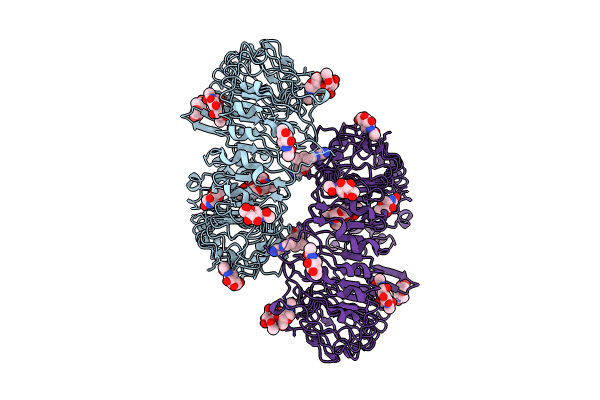
Deposition Date
2022-08-15
Release Date
2023-11-15
Last Version Date
2025-07-02
Method Details:
Experimental Method:
Resolution:
2.77 Å
Aggregation State:
PARTICLE
Reconstruction Method:
SINGLE PARTICLE


